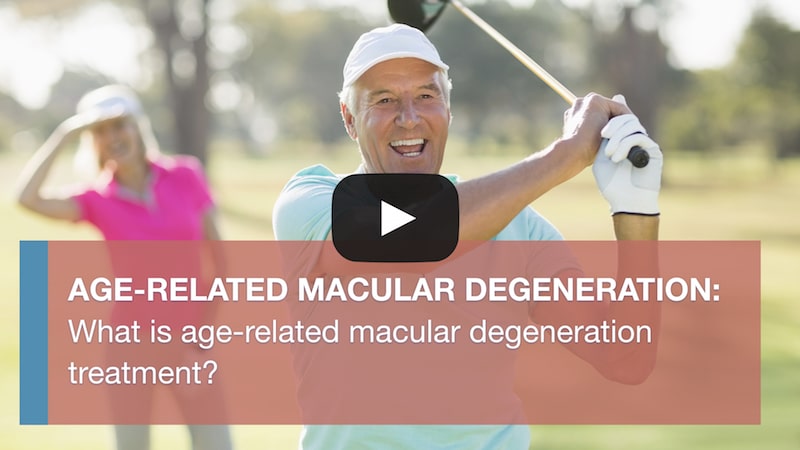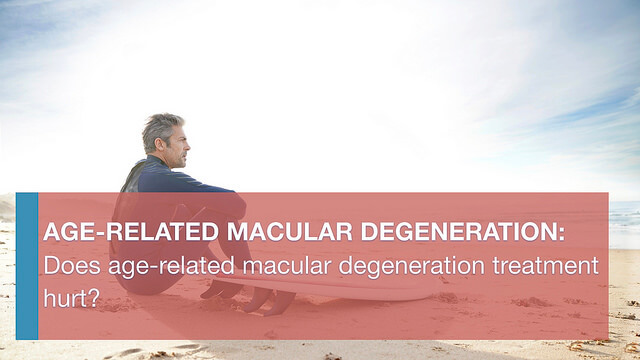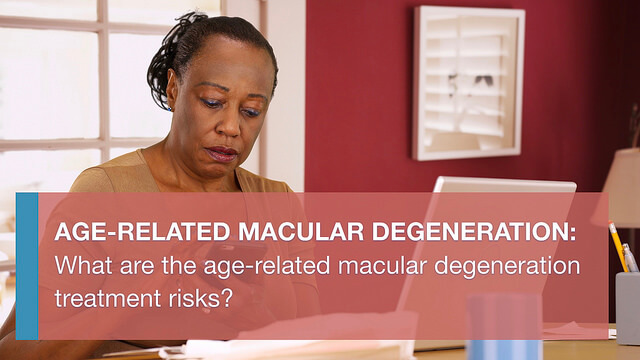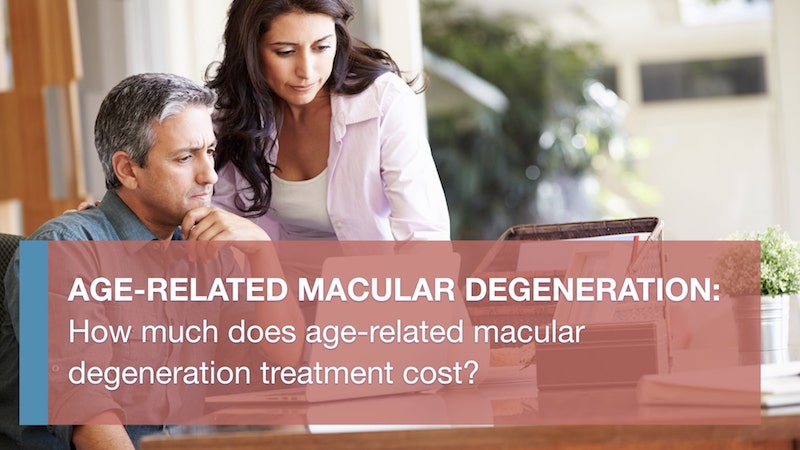
What is age-related macular degeneration treatment?
What is age-related macular degeneration treatment? Macular degeneration treatment isn’t very definitive. There is no known cure for macular degeneration as there is for example for cataracts. However, there are measures we can adopt to reduce the progression of macular degeneration.
Preventing age-related macular degeneration
The safest and most straightforward thing we recommend is shielding one’s eyes from UV light. It’s a good practice for us all to wear UV blocking sunglasses when we’re out in the sun for considerable periods.
There have been various studies done about nutrition and macular degeneration, and though not very conclusive we know the studies show that eating greens and foods high in antioxidants can help prevent or reduce the progression of macular degeneration. Identified nutrients include vitamins A and C and E and then the elements copper and zinc and also lutein and zeaxanthin. Companies have made these into individual capsules which are now on the market which we also recommend for patients.
When it comes to actual treatment for the dry type, no known treatment can address it. We recommend proper nutrition and vitamins. We also give a chart we call an Amsler grid. It’s a square grid with lots of squares in it which monitors the progression of macular degeneration because sometimes the dry type can progress to the wet type. We caution patients that if they noted any further progression or distortion, they need to report to us for assessment.
Treating wet age-related macular degeneration
For patients with the wet type, there are injections that we can give into the eye to slow down or sometimes reverse the damage from macular degeneration. Many patients have been known to have vision restored to a certain extent. These injections have to be given repeatedly, sometimes between every four to eight weeks for several instances. Sometimes it takes up to about eight to ten weeks before noticeable effects arise.
Once again, for patients with macular degeneration, it’s essential for them to keep up with their appointments regularly. We can detect through various machines, one of them which is called an OCT. With an OCT, we can measure the extent of the leakage or the area that’s affected. We can determine whether or not it’s progressing and whether one needs to have injections in the eye.
About the author
Leonard Teye-Botchway
Consultant Ophthalmic Physician and Surgeon |MBChB, FRCS(G), MBA, FWACS, FGCS, DCEH (Lond), Postgraduate Diploma in Cataracts and Refractive Surgery
I am Leonard Teye-Botchway and I am the Medical Director and Consultant Ophthalmologist at Bermuda International Institute of Ophthalmology in Bermuda. The joy and elation I get from seeing patients who are very happy they can see after surgery is almost unimaginable. This is what really drives me to carry on being an ophthalmologist.
We have sourced some or all of the content on this page from The American Academy of Ophthalmology, with permission.



